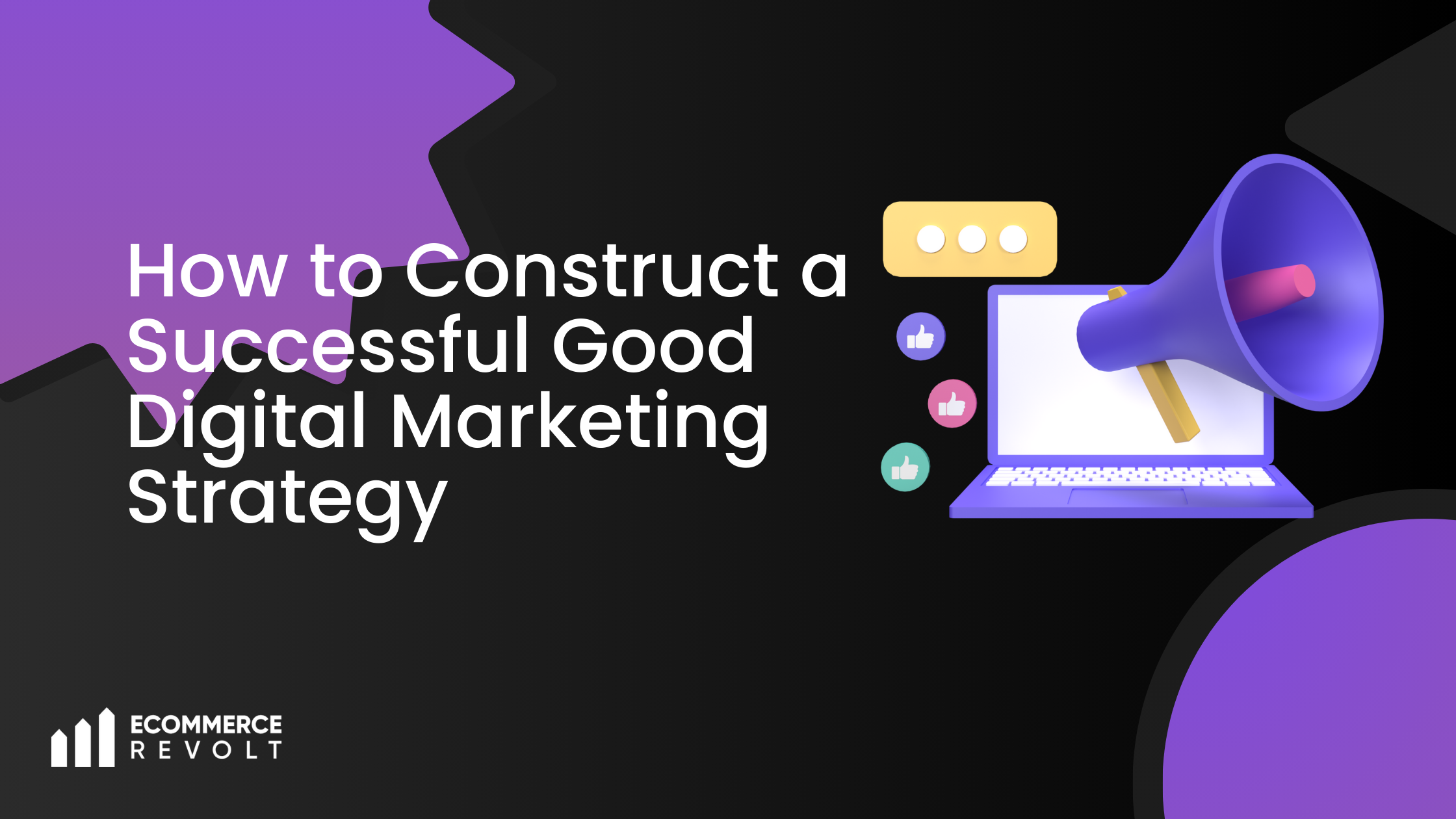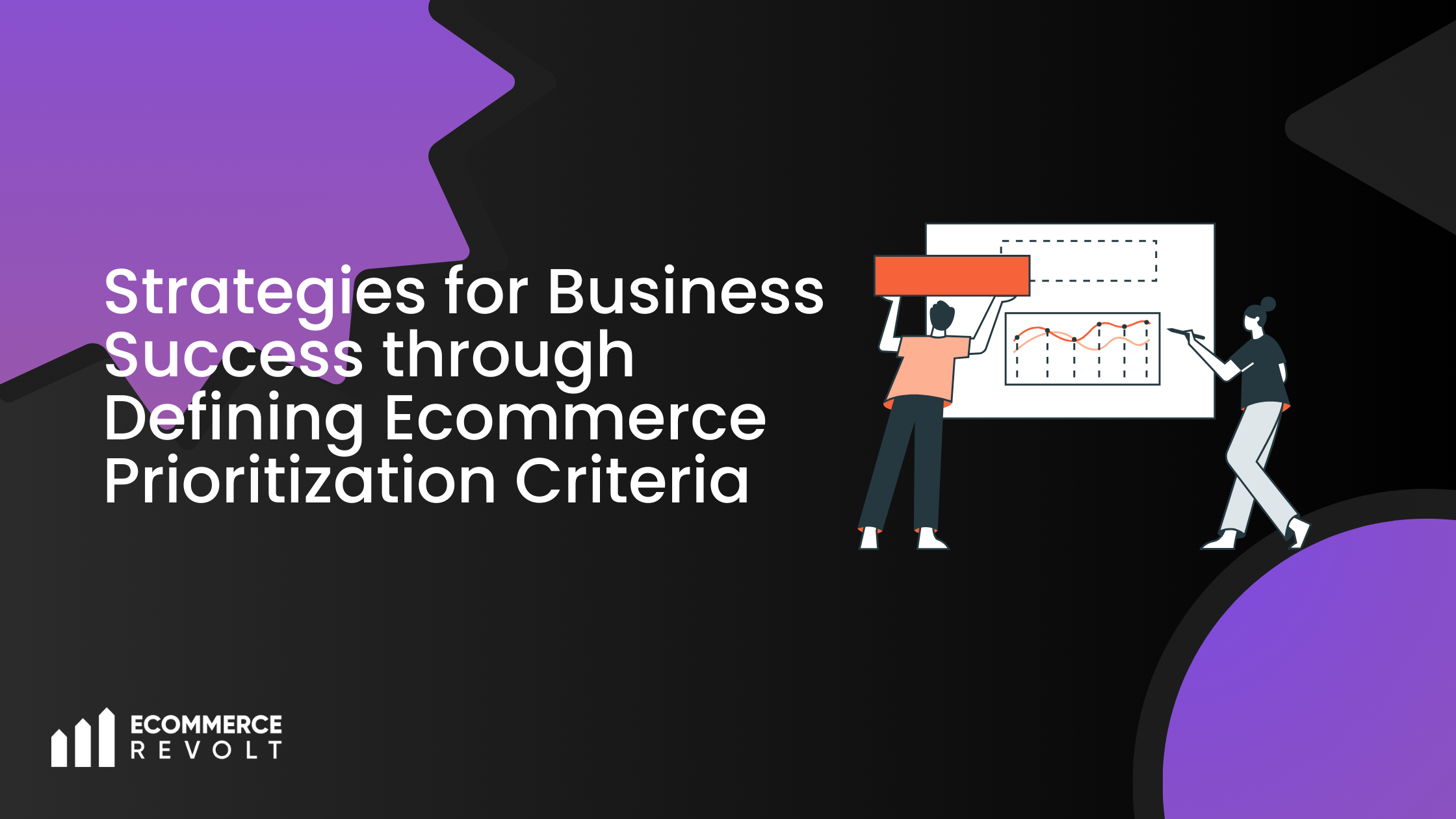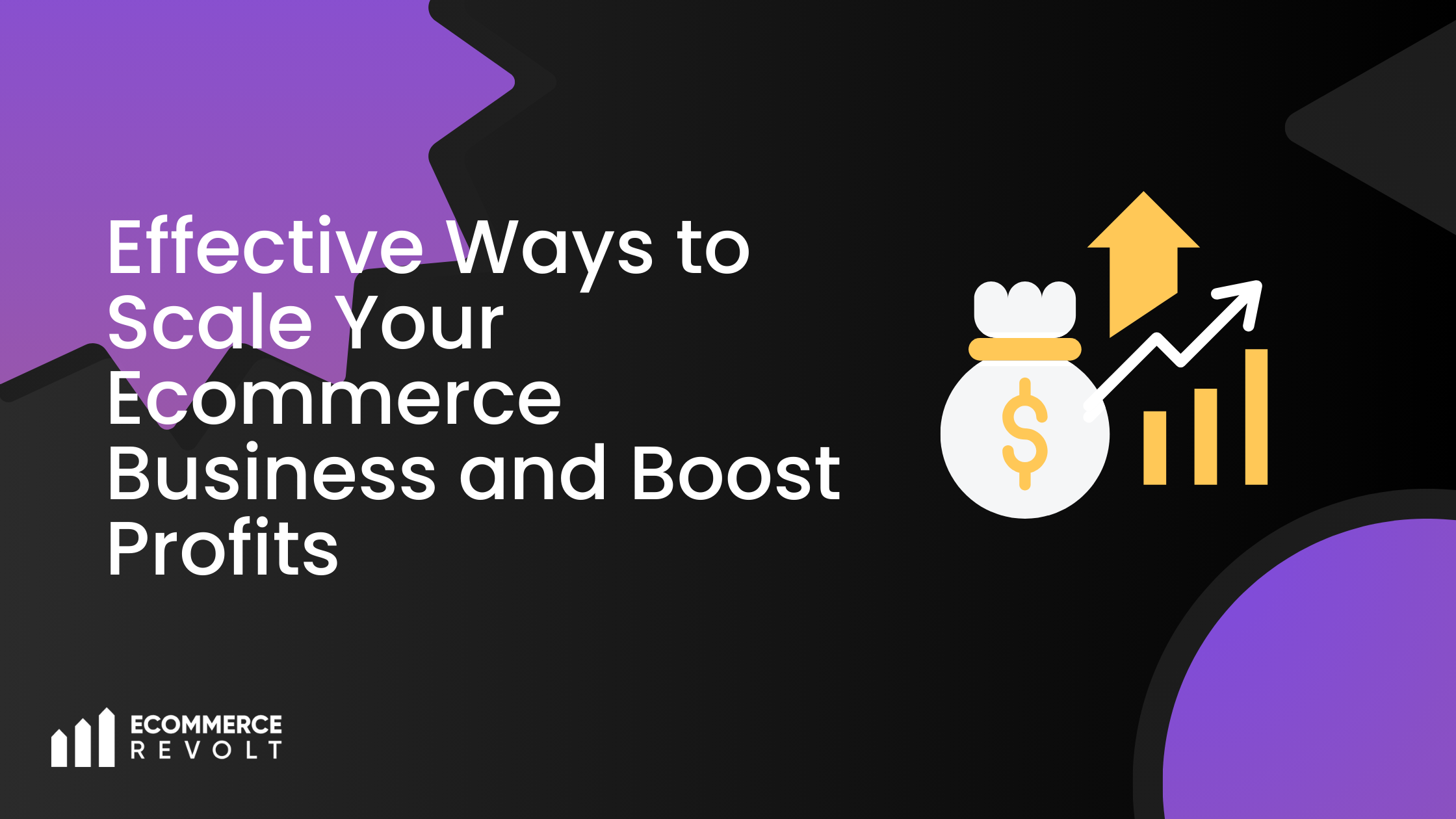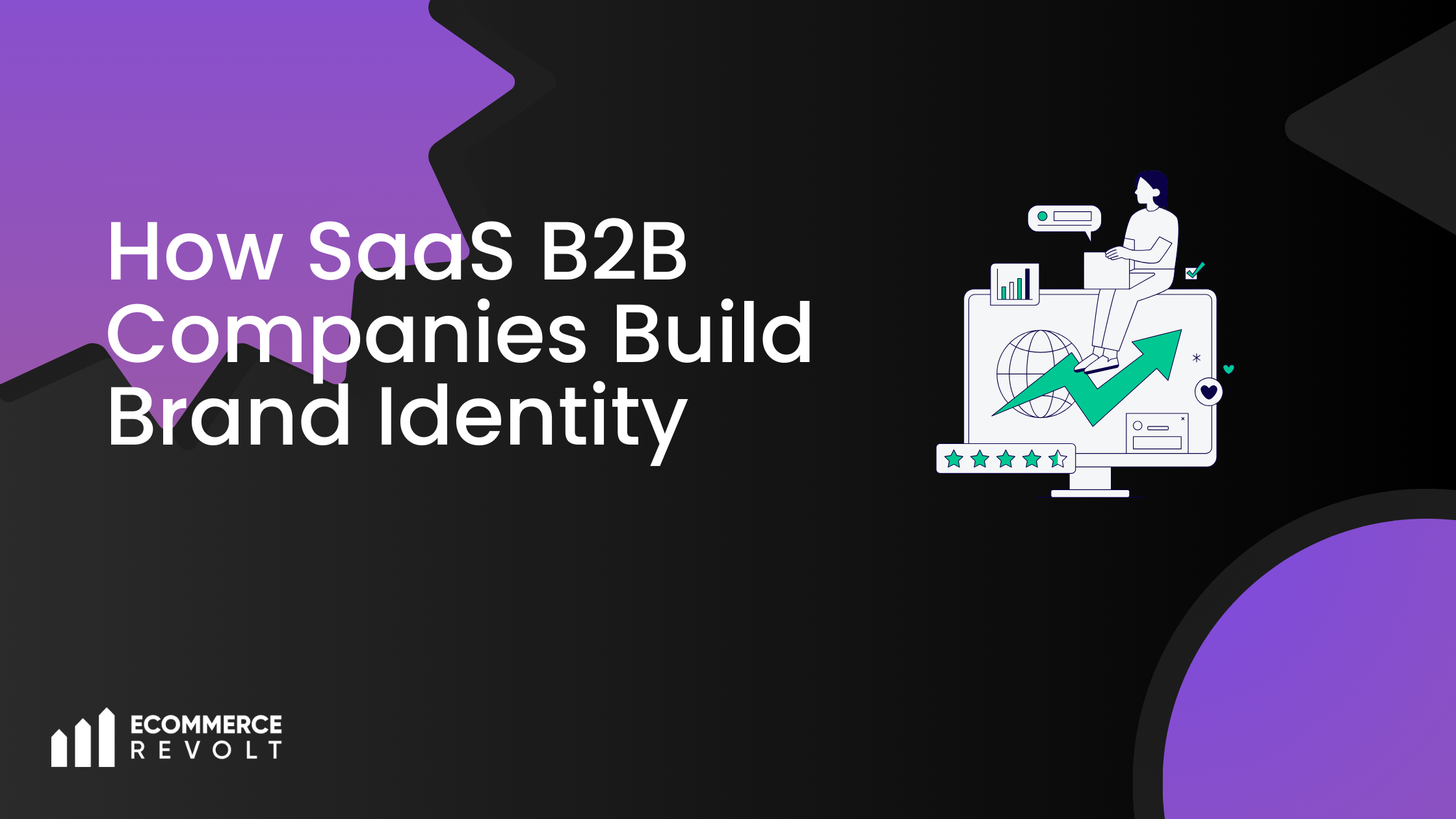An effective good digital marketing strategy is a golden ticket to keeping a business afloat in today’s online space: Just leads aren’t brought; they support the business goals of an organisation and reach the target audience by converting interest into sales. This article shall focus on what constitutes a good digital marketing strategy, which components should be included, and best practices for B2B companies.
What Is a Good Digital Marketing Strategy?
A Good digital strategy is formulated with specific business objectives and achieved through marketing channels that are online. These include social media, email, search engines, and many more. A Good digital strategy does not need that old model of transmitting real-time information to businesses and how they tend to adapt quickly based on insights about their performance. Unlike traditional marketing, that’s not how the digital strategies work.
what is included in a Good digital marketing strategy?
A good digital marketing strategy always consists of lots of necessary elements that make up a harmonious and sophisticated approach to marketing on the Web. Here are some of them broken down:
1. Clear, determined business goals and objectives
You should identify your goals first and not jump right into the tactics. Such goals should be in sync with overall business objectives which may be to improve brand awareness, drive leads, drive sales, or increase customer loyalty.
2. Research on audiences and buyer personas
Understand to whom you are marketing. You create buyer personas, of sorts personify your ideal customer for your B2B business. This can be job titles, industries, sizes of companies and what pain points they have.
3. Competitive Analysis
Knowing what your competitors are doing will always give you a clue. Look at their digital footprint: the engagement on social media, search rankings, kinds of content, and ad strategy.
Good content is at the heart of every good digital marketing strategy. It is through value-adding and engaging content relevant to your target audience that you build trust and authority. It will surely include blog posts, infographics, videos, case studies, among much more.
5. SEO and Keyword Strategy
Optimise your content and the website using search engines. You can do that only if you have done the keyword research about what your target audience is looking for. Let the keywords flow naturally within your copy.
6. Social Media Marketing
Social media, as you can see, is pretty impressive in its building and sharing and relationship building with potential customers. For B2B, you would want to focus on LinkedIn and Twitter due to the professional nature of these channels.
7. Email Marketing
Email marketing remains one of the best-performing nurture and even customer communication channels. Leverage it by sending contextual content, special offers, and more information about the new offers to your audience.
8. Pay-per-click Advertising
Paid advertising campaigns on search or social media can show overnight results. You can target those specific keywords and demographics just like with PPC or pay-per-click advertising. This can be very effective for high-intent prospects.
9. Analytics and Tracking
Use Google Analytics, social media insights, and marketing automation platforms to track activity, engagement, and conversion rates. Enable tracking for key metrics related to your goals, such as cost per lead, customer acquisition cost, and return on investment.
Steps to Design Your Good Digital Marketing Strategy
To design a digital marketing strategy that works, here is what you should do:
Step 1: Define Specific Goals
Then kick-start your digital marketing strategy on SMART goals, which are specific, measurable, achievable, relevant and time-bound.
Step 2: Know Your Audience
Listen beyond demographics. Understand what motivates them, their pain points and their online behaviour. For B2B, find out what kind of content they’d like to consume and on which media.
Step 3: Create a SWOT Analysis
Finally, doing the SWOT analysis will position you in a better way to determine your relative position within an industry that can help determine areas of strength and areas to change or improve.
Step 4: Select Your Digital Marketing Channels
Identify which channels you believe your target audience would best appreciate, as well as which are most in keeping with your business goals. For example, a B2B digital marketing strategy may include only LinkedIn and email marketing, whereas a B2C will likely require a range of channels, such as Instagram and Facebook.
Step 5: Content Calendar
Link the content to significant events, significant dates, or product launches. Industry reports, guides, and case studies can be B2B. Blog posts, product tutorials, and user-generated content can be branded B2C.
Step 6: Implement Your Strategy and Tweak
You’ve developed a strategy; now apply it. Execute A/B testing of the tactics to refine the CTAs, headlines, and ad creatives.
How Ecommerce Revolt Can Help You
But building a potent e-commerce marketing strategy is not something undertaken lightly that is what Ecommerce Revolt does for you. We provide:
- Strategy Development: Strategies worked up around the needs of your business be they brand identity and lead generation or sales oriented.
- Channel Expertise: Deep knowledge in all major channels, from social media to SEO, working to maximize reach and impact.
- Data-Driven Insights: We are refining your strategy around real-time data, and the objective is that each strategy serves the best interest of your business.
No strategy is just an add-on to online marketing, in this internet age; one well-designed is the only must-have within the arsenal of the seller. Of course, Ecommerce Revolt can help you build a plan that transforms your online footprint and generates measurable success.








